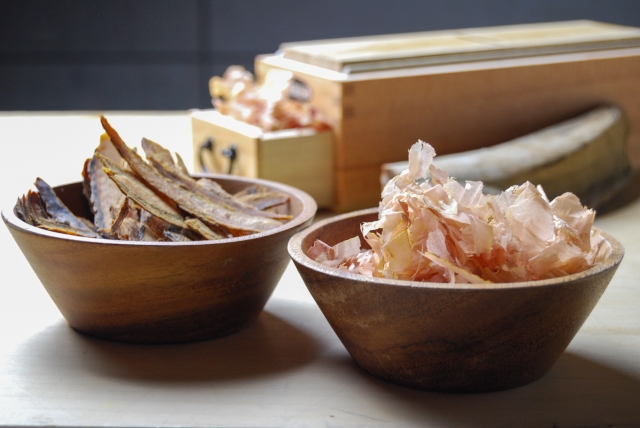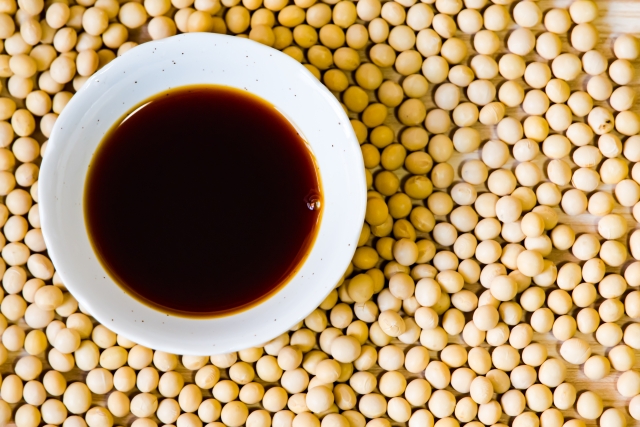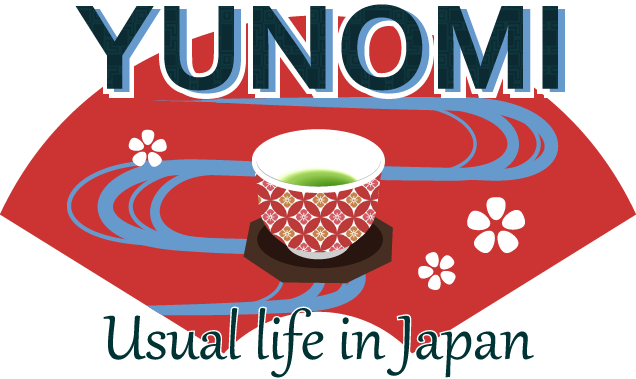Kishimen is a traditional flat udon noodle widely enjoyed in Nagoya, Aichi Prefecture. Known for its broad and flat shape, Kishimen offers a distinct texture and slurping experience compared to regular udon. It is a beloved dish that represents Nagoya's food culture, cherished by both locals and visitors alike. In this article, we explore the unique characteristics and deep flavors of Kishimen.
The Unique Shape and Texture of Kishimen

One of the most distinguishing features of Kishimen is its broad and flat shape. Unlike regular udon, Kishimen has a larger surface area, allowing the broth and dashi to cling to the noodles, enhancing the overall flavor.
- Texture: The flat noodles of Kishimen have an incredibly smooth texture, offering a delightful mouthfeel as they glide down the throat. The broad shape also allows the noodles to fully absorb the dashi's flavors, delivering a rich and satisfying taste with every bite.
This distinctive shape and texture set Kishimen apart from other types of noodles.
Kishimen's Dashi: A Blend of Murobushi, Sababushi, and Sodabushi

The flavor of Nagoya's Kishimen is supported by a unique dashi (broth) made from murobushi, sababushi, and sodabushi.
- Murobushi: Made from the fish called murojii (horse mackerel), murobushi offers a robust umami flavor and deep richness.
- Sababushi: Made from mackerel, sababushi provides a light and slightly bitter taste, adding complexity to the dashi.
- Sodabushi: Derived from frigate tuna, sodabushi has a stronger flavor than bonito flakes, creating a more intense broth.
These dashi ingredients may have a somewhat strong flavor on their own, but in Nagoya's Kishimen, they are combined with tamari soy sauce, which balances and softens the flavors, resulting in a smooth and rich broth.
The Role of Tamari Soy Sauce and Differences in Broth

Nagoya's Kishimen typically uses tamari soy sauce instead of the more common koikuchi soy sauce. Tamari soy sauce is made primarily from soybeans, with only a small amount of wheat, resulting in a richer umami flavor compared to koikuchi soy sauce.
- Tamari Soy Sauce Characteristics: The deep umami flavor of tamari soy sauce gives Kishimen's broth a distinctive richness and a subtle sweetness. This tamari soy sauce perfectly harmonizes with the dashi made from murobushi, sababushi, and sodabushi, creating the unique taste of Nagoya.
In many Kishimen restaurants in Nagoya, you will find two main types of broth: red broth and white broth.
- Red Broth: Made with koikuchi soy sauce, this broth is rich and deeply flavored, perfect for colder seasons or those seeking a heartier taste.
- White Broth: Made with usukuchi soy sauce (light soy sauce), this broth is more delicate and light, making it ideal for cold Kishimen dishes served during the warmer months.
Broth Pairing: Bringing Out the Best in Kishimen

The flat noodles of Kishimen pair exceptionally well with the tamari soy sauce-based broth. The rich broth clings to the noodles, creating a harmonious blend of flavors in every bite.
- Broth Clinging to Noodles: Kishimen's wide, flat shape allows the broth to adhere well, ensuring a strong, flavorful experience with each bite. The noodles and broth together maintain a perfect balance of taste and texture.
- Rich Flavor Experience: The combined flavors of murobushi, sababushi, and sodabushi in the broth, enhanced by tamari soy sauce, not only elevate the smooth texture of Kishimen but also provide a satisfying depth of flavor. The red broth is ideal for the colder months, while the white broth offers a refreshing taste perfect for summer.
Nagoya-Specific Toppings: Enhancing the Flavor of Kishimen

What makes Kishimen even more appealing are the unique toppings specific to Nagoya, which enhance the flavor and add depth to the overall dining experience.
- Miso Nikomi with Hatcho Miso: Using the locally famous Hatcho Miso, miso nikomi (miso stew) adds a rich depth to Kishimen and is perfect for warming up during colder months. The deep flavor of miso pairs wonderfully with the smooth texture of the noodles.
- Thick-Cut Aburaage (Fried Tofu): Aburaage, though simple, absorbs the broth's flavor and releases a burst of umami with every bite. In Nagoya, it is commonly used as a topping for Kishimen, complementing the broth beautifully.
- Negi (Green Onions) and Tempura: Adding negi or tempura as toppings provides an additional layer of texture and flavor. The crispy tempura contrasts perfectly with the rich broth, making every bite more enjoyable.
Experience Kishimen in Nagoya: "Miyakishimen Jingu Shop" at Atsuta Shrine
When visiting Nagoya, a trip to Atsuta Shrine (Atsuta Jingu) is a must. This ancient Shinto shrine, with a history spanning nearly 1900 years, is not only a place of spiritual significance but also home to one of the best places to experience authentic Kishimen: Miyakishimen Jingu Shop.
Why Miyakishimen Jingu Shop?
- Serene Location: Located within the lush grounds of Atsuta Shrine, the shop offers a peaceful dining experience. Enjoy your meal while taking in the traditional Japanese shrine scenery, making it a truly special experience.
- Authentic Flavor: Miyakishimen offers traditional Kishimen made with authentic dashi and tamari soy sauce, delivering deep flavors and satisfaction.
- Seasonal Menu: The shop also provides seasonal menu items, ensuring a new and delightful experience each time you visit.
Conclusion
Kishimen is a traditional noodle dish that represents the culinary heritage of Nagoya, characterized by its unique shape, smooth texture, and rich broth. The combination of murobushi, sababushi, sodabushi dashi, and tamari soy sauce creates a distinctive flavor experience that sets Kishimen apart from other noodles. When visiting Nagoya, be sure to try Kishimen, especially at "Miyakishimen Jingu Shop" within Atsuta Shrine, to enjoy the authentic taste of this iconic dish.

